Kerry Taylor is somewhat of a legend. The British auctioneer’s encyclopedic knowledge of fashion and textiles, both antique and contemporary, would make even the most esteemed curators and academics quiver in their boots. Having started her career at Sotheby’s in the 1980s, a time in which she had to exchange her purple hair and punk regalia for pearls and polished shoes, she quickly made a name for herself with her sharp, quick assessments of an item’s worth and cultural value, more often than not at face value in a split-second. After Sotheby’s closed its fashion department in the 2000s, Taylor carved out a business that would satisfy both collectors and consumers with intense, decade-spanning auctions that offer everything from 16th-century Italian lace to catwalk-famous, Instagrammable ensembles.
So far does Taylor’s remit extend that her knowledge of who’s got what, when they got it and how much it’s worth remains solely at her and her team’s discretion. Such a position means that there is hardly a private archive or museum collection in the world that does not consult Taylor before anyone else. She is the bearer of secrets, the proprietor of iconography and the fountain of knowledge that rules the roost of fashion historians and dignitaries. What’s more, her annual auctions are often the last opportunity to witness a garment in person without a glass veneer or high-security vault in place, before they enter the realm of white-gloved custodianship forever. Her most recent Passion for Fashion auction spans centuries of cultural moments – from Princess Margaret’s cotton poplin day dress, sourced through the daughter of a gardener to the late Dior-loving Princess’s lady-in-waiting, to Alexander McQueen’s unfinished swansong. Here, we offer a glimpse into the provenance of her worldly treasures, each of which invokes a dreamy sense of bygone glamour.
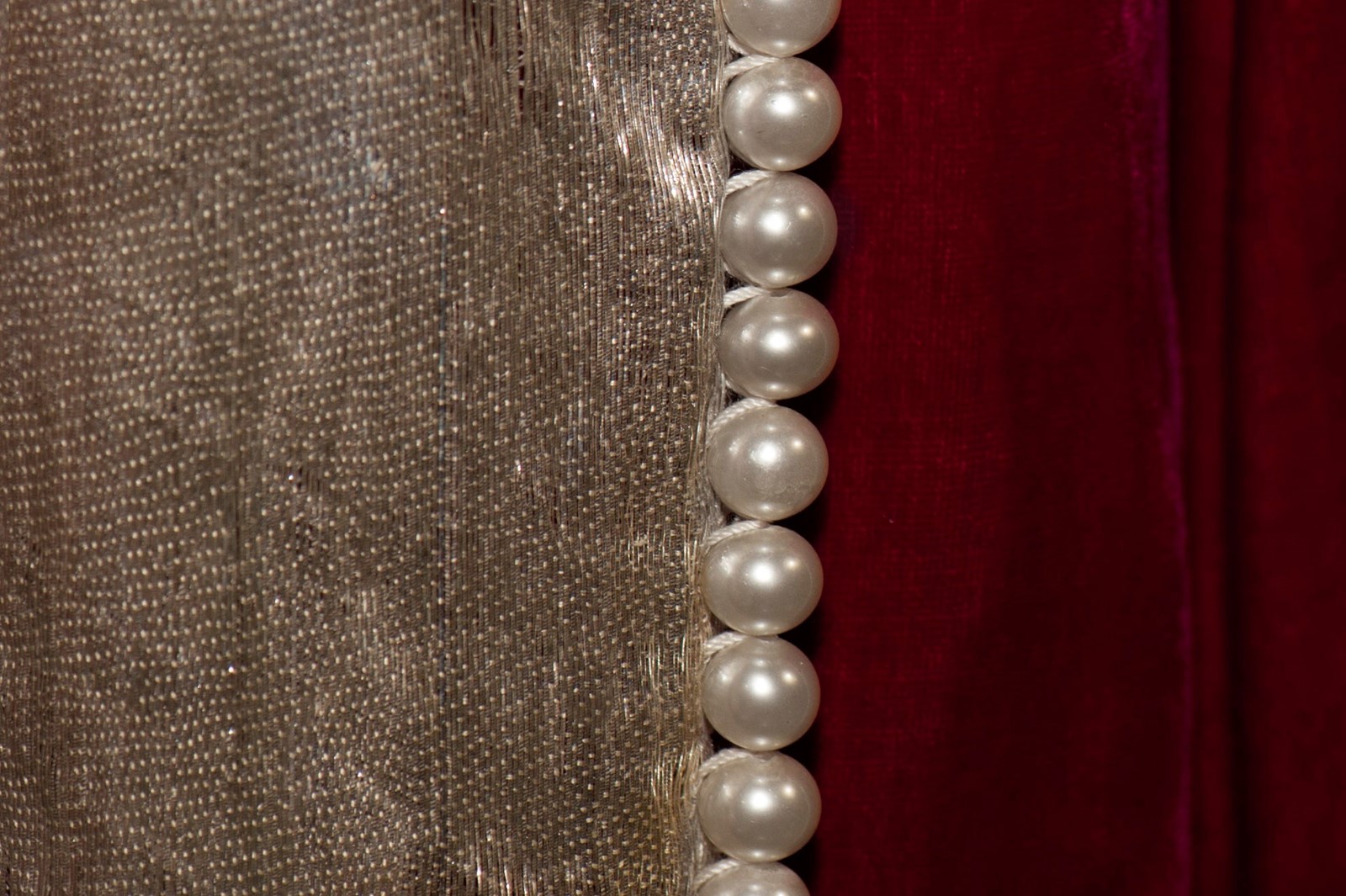
The Last Party in Paris
January 10, 1914. On the eve of a war that would change the world forever, couturier Paul Poiret threw the party to end all parties. Inspired by Léon Bakst, the costumier and set designer for the Ballets Russes, who famously made a splash in Paris with the production Schéhérazade in 1910, Poiret threw a grand fete that would draw in an exclusively tight circle of bourgeois bohemians and louche ladies for a party titled ‘One Thousand and Second Night’ – aptly named after the tales of Arabian folklore. The dresscode was not only a tribute to the mythically phantasmagorical East – but, essentially, Poiret. “If people arrived and he deemed them inappropriately dressed, they would have to go upstairs and change into one of the costumes he had designed,” says Taylor. “It actually did quite a lot of harm to his business because those that weren’t invited were very resentful of him.” Poiret’s party entered the realms of Paris’ legendary balls and would become a ‘last hurrah’ before the Great War.
Worn by Elizabeth Barrachin, the elegant daughter of a rich industrialist who became the Marquise de Ségur upon her marriage in 1925 to Philippe, Count de Ségur-Lamoignon, Poiret decided to make Barrachin the “Queen of Persia”. “It consists of harem pants, silver bobbin lace on nude organza and tulle and négrette of Bird of Paradise plumes,” informs Taylor. The fact that the ensemble is loose and unstructured made it rather scandalous in an age of corsets and stays. “He was influenced by the Russian colours – purple and green, which to the modern eye may seem inharmonious.” Poiret famously kept his wife Denise in a gilded cage at this soirée, eventually releasing her into the raucous crowd. It was a night to remember, especially because Poiret’s business would shutter after the war. “As the party ended at dawn,” Taylor smiles, “the exotic birds and monkeys he had kept fled to the streets of the city.” One can only just imagine the many Parisians waking to find one of these exotic creatures on their doorstep.
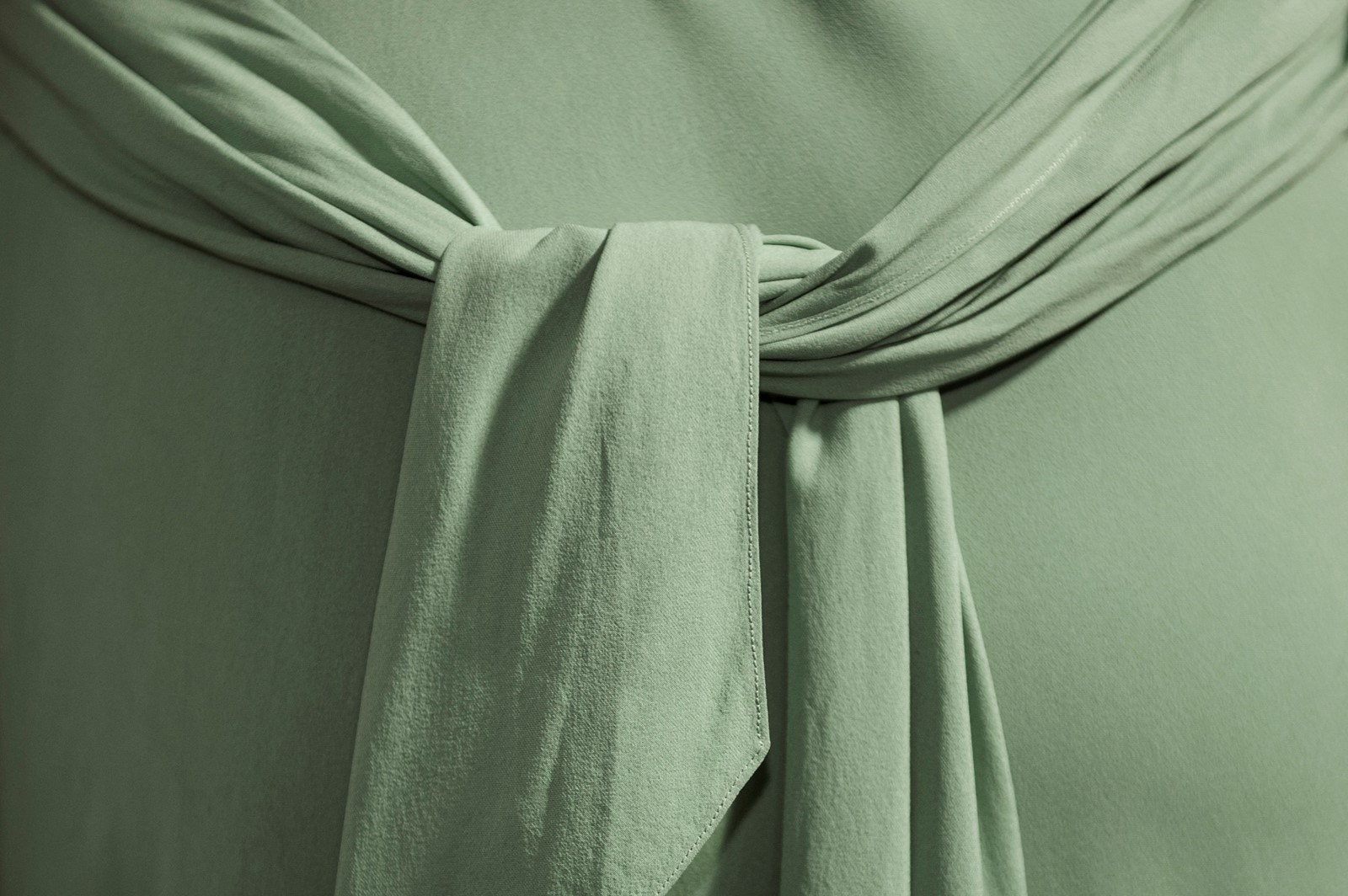
A Life Lived in Lanvin
Oh, to have a life lived in one couturier. Audrey Hepburn had one. Loulou de la Falaise had one. Amanda Harlech has one. Born-and-bred Parisian Anne-Marie Astraudo, a 1930s beauty, was first introduced to Jeanne Lanvin as a child when her mother Maryse, a long-time Lanvin client, had pretty silk dresses made for her daughter. Lanvin dressed Anne-Marie all the way up to her wedding, and this 1934 pistachio green ‘Pasiphaé’ gown – in Greek mythology, Pasiphaë was the daughter of Helios, the sun – is a paradigm of beauty, construction, cleverness and charm, thanks to its impressive undulating sleeves. “If you look carefully, there are these strips of crepe which almost have a basket-weave effect and the sleeves are akin to a bolero,” enthuses Taylor. “If you think about it, Jeanne Lanvin was this very old lady at the time and yet there she was with her grey hair in a bun, producing these incredible modern designs.” One only has to look at the back of the garment to understand its appeal. A glimpse over the shoulder would have been framed by a dramatic criss-cross of fabric that swoons to the nape of the back with an elegant and completely unfussy bow – one that seductively suggests being undone. Sadly, Astraudo’s taste for haute couture dwindled upon her marriage to a less luxurious clothing manufacturer – a symptom of an era when a woman was expected to assume her husband’s political views. Let that be a lesson – never, ever let a man come between you and your wardrobe.
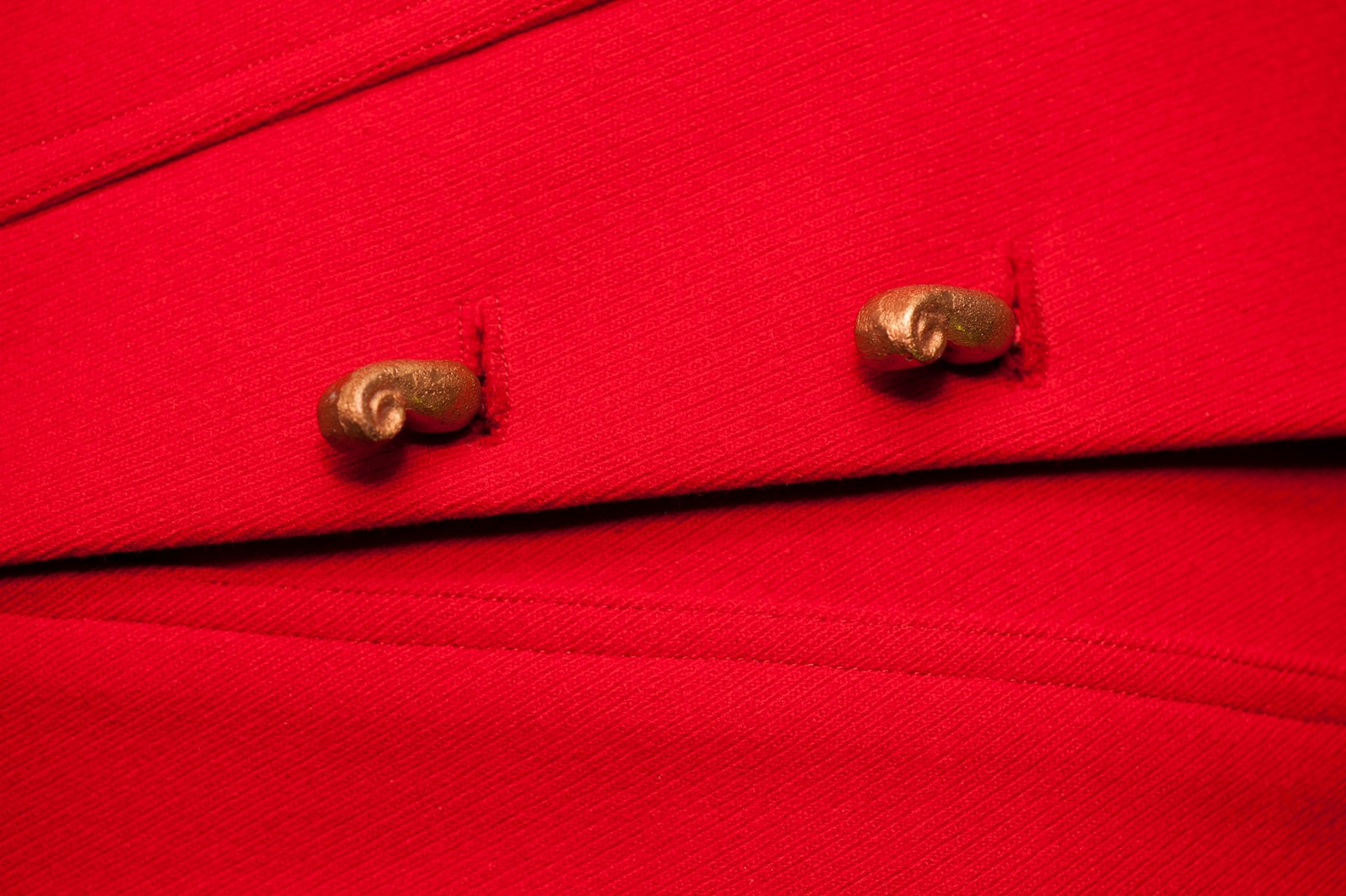
Schiaparelli’s Ode to London
Schiaparelli famously closed her London outpost because, as she claimed in her memoirs, one has to wait for the British to die before they settle their bills. The boutique was much loved by Brits, though, and the Italian couturier often paid homage to the Isles in her surrealist-inspired designs. One sweeping 1935 coat, for example, crafted from a heavy red twill ‘Rouge Gaulois’ wool by Ducharne, took its cue from the uniforms of the British Horse Guards and was owned by Margaret Allsopp, a London-based Canadian socialite. “She could play it up or down,” says Taylor of the sometimes-scandalous Schiaparelli – or should that be shocking? The auctioneer also has two velvet evening jackets resplendent in Lesage embroidery, both of which are perfect examples of the ornate pieces that well-heeled British ladies loved the couturier for – a 1931 Gerald Leslie portrait of the far more scandalous Margaret Sweeney, Duchess of Argyll shows her in a similarly shaped and embroidered jacket. This piece, however, is rather more severe. “I like the very British references and they did make this in Paris as well. Its identical twin is now in the Metropolitan Museum in New York.” Jean Cocteau, a friend of Schiaparelli’s, designed the mollusc-like gilt curlicue buttons, which punctuate an asymmetric triangular front yoke. “I’m not sure why she did that, but it may have something to do with slimming the silhouette.” In a fashion plate by Christian Bérard, the coat was accessorised with her fingernail gloves and face-mask fan – both of which are perfect examples of the witty trompe l’œil designs that Schiaparelli is lovingly remembered for.

The Masterful Pleats of Madame Grès
Madame Grès knew how to subtly vary a winning theme. After developing a knack for artfully crafting draped, micro-pleated ‘Goddess’ dresses in the 1930s, inspired by the lines of classical sculpture, Grès continued to develop this singular style all the way into her autumnal years. This turquoise two-piece number from 1970 embodies the couturier’s preferred technique. “I think a lot of her works are sculptural,” says Taylor. “She had such great control when sculpting the fabric and it manages to look both fluid and structured.” The undulating rope-twist pleats form a fleshy bandeau with rouleau straps, a surprisingly contemporary silhouette for Grès who, in later years, was trying as hard as possible to keep her business afloat.
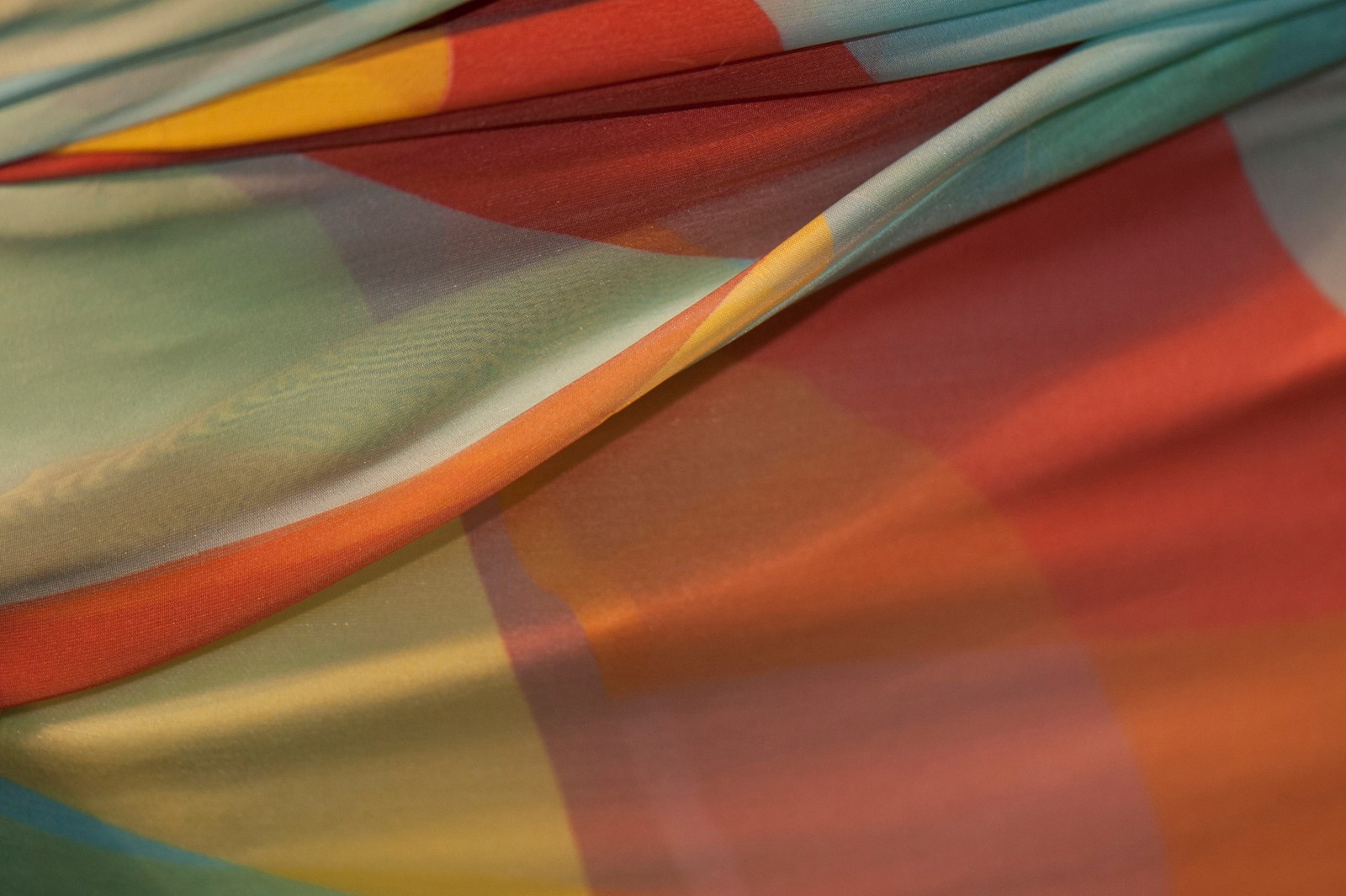
Rei Kawakubo's Distortion of Reality
“I like this one because of the way it challenges our modern Western ideals of beauty,” says Taylor. Comme des Garçons’ 1997 collection was a critique of the visual language of the 1980s: a thorough dismissal of the golden era of sculpted bodies and hyper-glossy aspiration, achieved through the use of entirely unfamiliar silhouettes and garments with kidney-shaped down pillows sewn into slip linings. It was a bold, thoughtful reaction to the blingy body-consciousness of the 90s, an aesthetic loved by the era’s reigning kings, Hervé Léger, Azzedine Alaïa, and Gianni Versace. Just days before Rei Kawakubo showed her collection, Tom Ford was polishing his dark, glossy brand of louche and sweaty sexuality at Gucci in Milan for a show that starred Amazonian supermodels wearing nothing but a logo-embellished thong and an intense amber glow. “I love the psychedelic colouring and other pieces in the collection were gingham, which evokes domesticity and kitchen tablecloths,” says Taylor of the collection that was often photographed without the padding due to its divisive nature. “It still continues to really unsettle people, but it’s clever because it challenges us.”
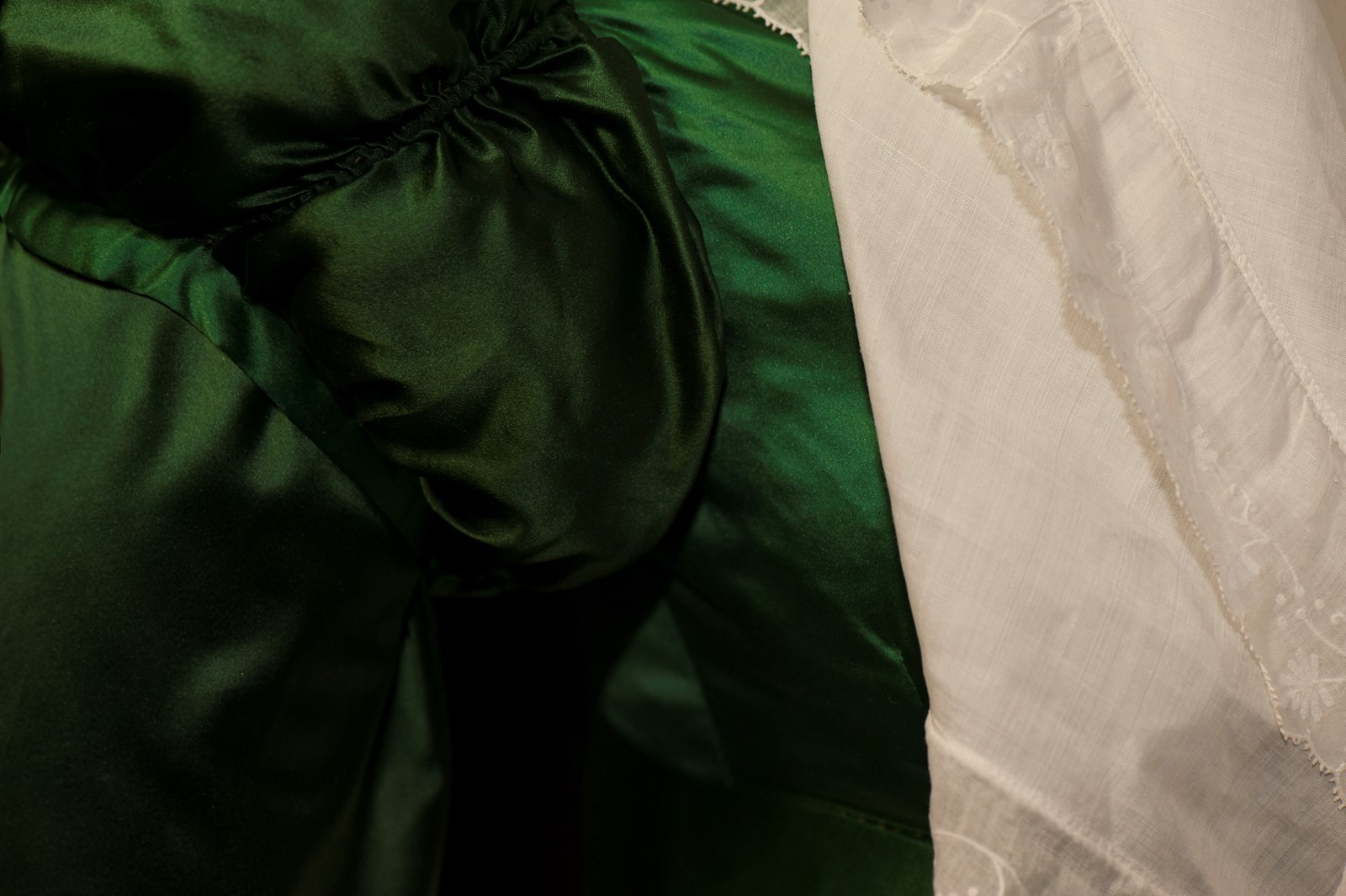
Elizabeth Bennet at Home in Pemberley
What would Elizabeth Darcy (née Bennet) have worn once she became the chatelaine of Pemberley? Surely an improvement on the charmingly mud-strewn muslin gowns she’d frequented, but then not quite the full bells-and-whistles looks favoured by a clotheshorse such as Caroline Bingley. No, our Elizabeth would have opted for something smart and simple – something just like this 1820s emerald satin and muslin ensemble, complete with a matching reticule and satin pumps. “She’s a smart gal,” jests the auctioneer, “but is quite severe. Here, just like the Comme des Garçons, fashion is used to completely alter the shape of the body,” she adds of the puffed mancherons that create a distorted shoulder shape. The empire-line silhouette is typical of the period, and takes its name from Napoleon’s intense Greek and Roman revivalism – Kashmiri shawls draped around shoulders like Greco statues and mythological-illustrated diadems were also in vogue. “What’s also rare is that not only do we have the full ensemble, but if you look very closely there are actually two shades of green satin.”
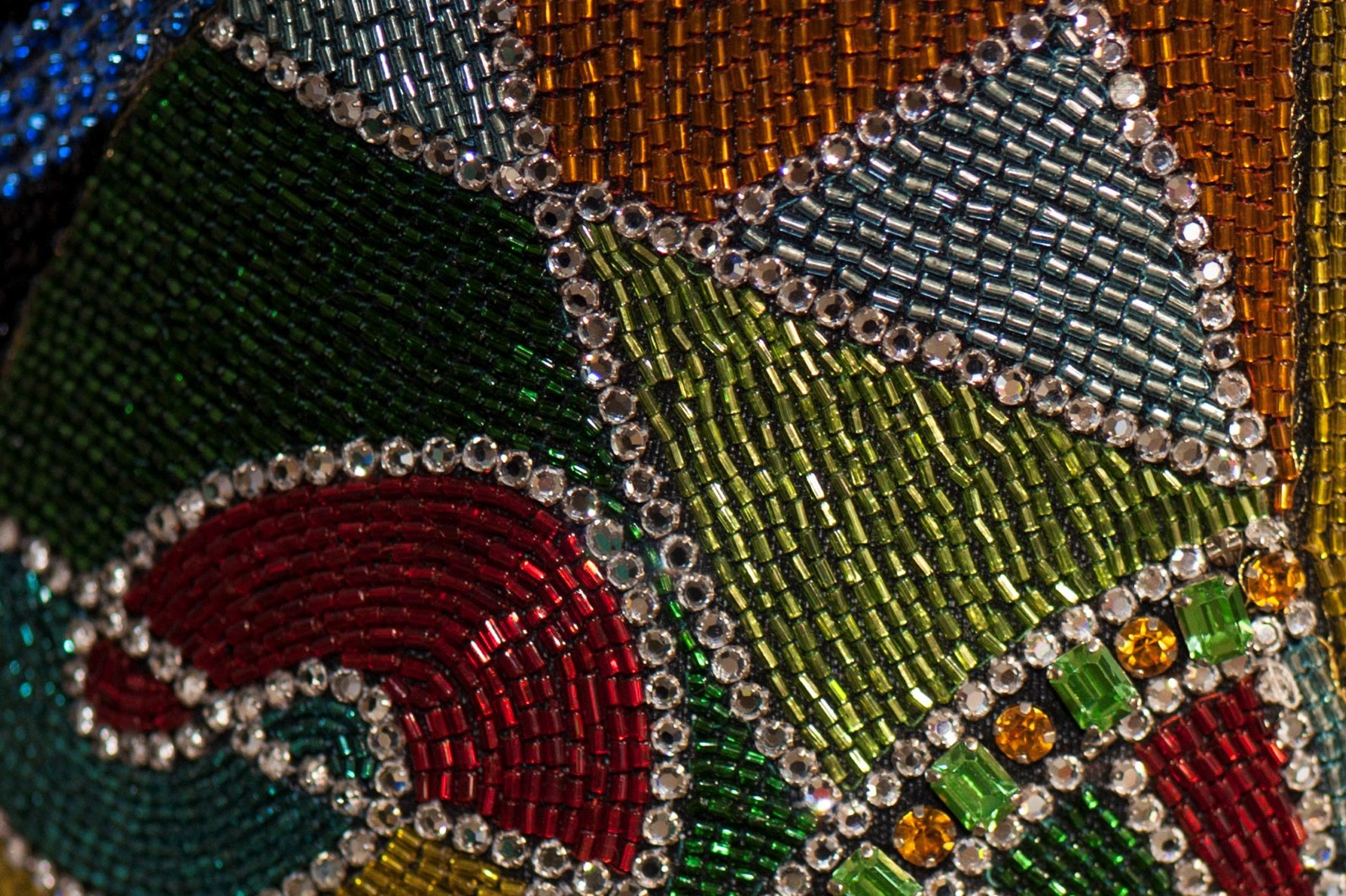
Making a Splash in Bodycon Bling
In the 1995 film Showgirls, Elizabeth Berkley’s doe-eyed character, Nomi, hitchhikes to Las Vegas in search of fame and fortune. Upon arriving, she is determined to become a starry showgirl and is both astounded and motivated by the windows of the Versace boutique – or as she pronounces it, Ver-sayse. Such was the megawatt power of the brand in the 20th century’s final decade that it entered the arena of pop culture and became just as synonymous with MTV as it did with the supermodel phenomenon and its profligate more-is-more aesthetic. “This is Gianni Versace at his blingiest best,” enthuses Taylor about this 1989 bejewelled catsuit. “I mean, you can just imagine Linda or Naomi or Christy wearing this on the catwalk – or Ivana Trump!” Versace’s clothes, more often than not, were all about the body. His designs were indicative of an if-you’ve-got-it-flaunt-it era in which plastic surgery was prevalent and the exaggerated female figure still reigned supreme. The intense embellishment illustrates an Egyptian vulture goddess, and the garment itself is immensely heavy. “It’s extraordinary to imagine going anywhere in this,” Taylor smiles. “It is one of those absolutely mad fashion moments.”
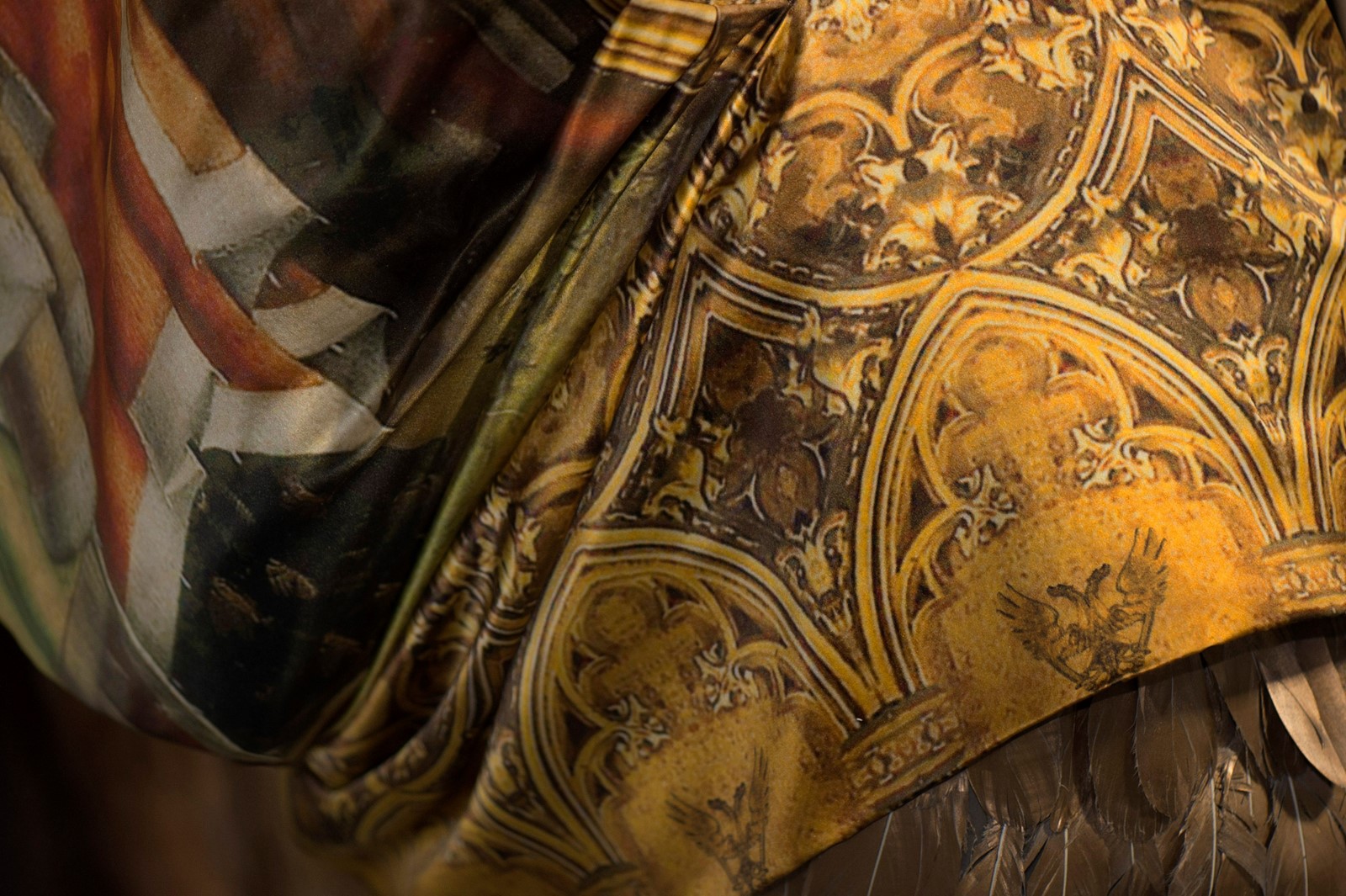
Alexander McQueen’s Swansong
Art, especially of a macabre nature, was always a lodestone for Lee McQueen. A month after his death in 2010, his design team presented an intimate salon show for his final, unfinished masterpiece, which was inspired by the dark religious symbolism in the work of Hieronymus Bosch, the Medieval Netherlandish painter particularly famous for his Garden of Earthly Delights. McQueen was often drawn to 15th century Flemish and Dutch painters, once explaining, “I relate to that cold, austere asceticism of the Flemish masters, and I also love the macabre thing you see in Tudor and Jacobean portraits.” For his final collection, he explored his deep interest in Gothic historicism, which, as ever, was painted with urgent futurism – each look with its own elegantly shaped silhouette, intricate embroidery, and woven jacquards, and topped by plumed gold-leaf mohawks.
“At first glance it looks like a print, but it is actually jacquard,” explains Taylor. “It’s also not just one painting – he took different symbolisms from three different paintings, which really shows how much thought he put into it.” Kerry is keen to point out that the dress features a bagpipe at the lower nape of the back, which appears in the original painting as an allegory for torturously bad music being played in the pits of hell. “This is McQueen having a little joke – he has placed it there because a badly played bagpipes can often sound like a bad fart.” One can imagine McQueen having the last laugh – just as he did when he supposedly sewed a profanity into the lining of the Prince of Wales’s suit as a young apprentice on Savile Row. The gilded micro-paillettes, too, travel down the sleeves and around the bodice, framing it like one of those richly ornate frames around early Renaissance paintings. “It’s ultimately very beautiful and is a real example of the conversation between fine art and applied art – it brings the two together in a way that makes either of them a lot more accessible,” reflects Taylor.
